Home>Storage Ideas>Kitchen Storage>How To Make A Kitchen Lighter: Clever Ways To Brighten Your Room
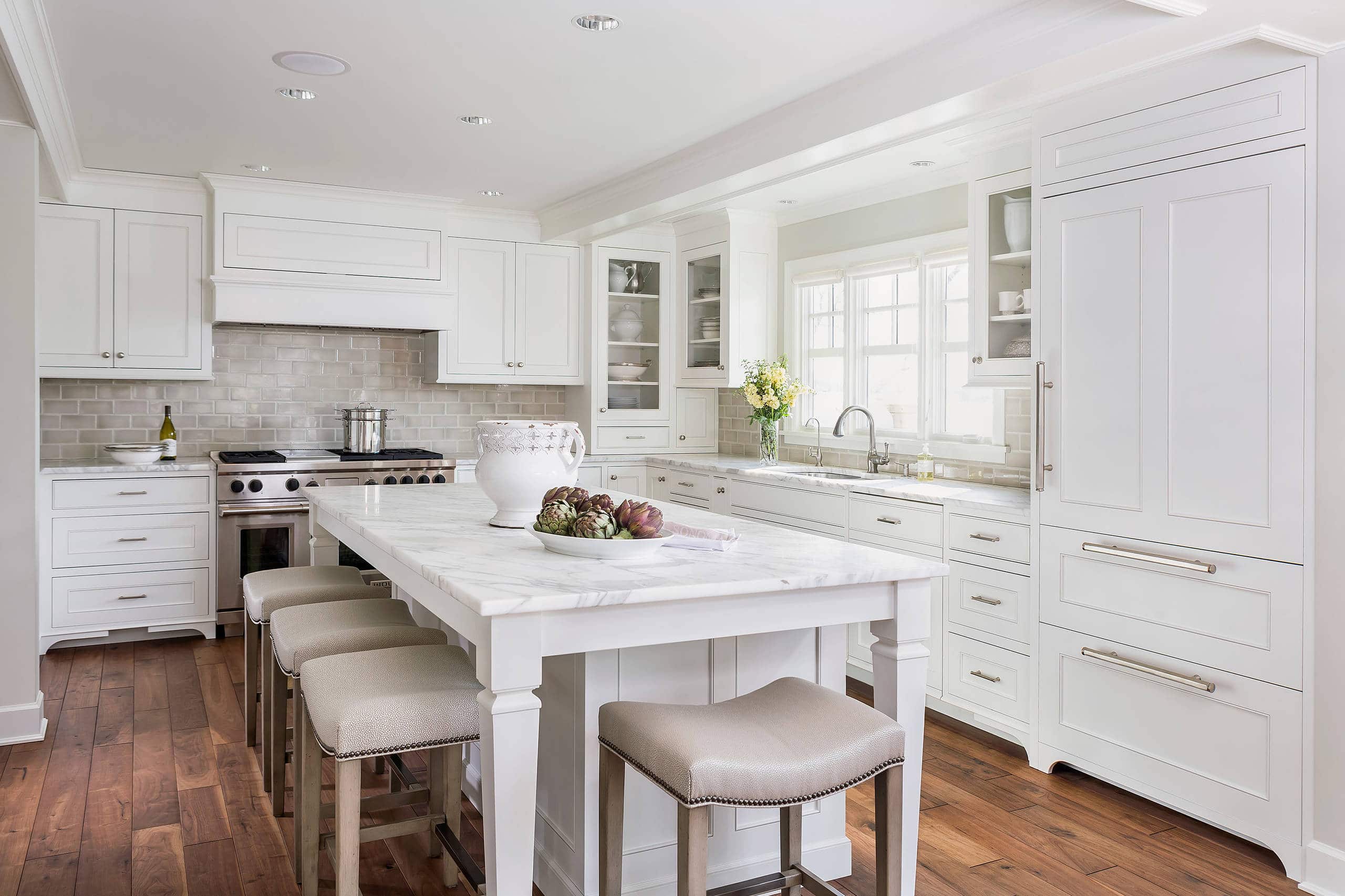

Kitchen Storage
How To Make A Kitchen Lighter: Clever Ways To Brighten Your Room
Modified: October 28, 2024
Looking for clever ways to brighten your kitchen? Check out these kitchen storage ideas that will help you create a lighter and brighter space, perfect for any home.
(Many of the links in this article redirect to a specific reviewed product. Your purchase of these products through affiliate links helps to generate commission for Storables.com, at no extra cost. Learn more)
Introduction
A bright and airy kitchen can significantly enhance the overall atmosphere and functionality of your space. Whether you have a small, dimly lit kitchen or a larger area that could use a boost of light, there are clever ways to brighten your room and create a more inviting environment. In this article, we will explore various techniques and ideas on how to make your kitchen lighter and maximize the natural light available.
A well-lit kitchen not only improves visibility and functionality but also creates a sense of openness and positivity. It can make a small kitchen appear larger and more spacious, while adding a touch of freshness and vibrancy to your cooking and dining experience.
By incorporating a combination of design elements, lighting fixtures, and strategic choices, you can transform your kitchen into a bright and welcoming space that you and your family will love spending time in. From the colors you choose to the way you organize your storage, every detail plays a role in enhancing the overall lightness and brightness of your kitchen.
In the following sections, we will delve into specific strategies that you can implement to make your kitchen lighter. These include using light colors on walls and cabinets, maximizing natural light sources, incorporating reflective surfaces, and selecting the right lighting fixtures. We will also discuss the importance of decluttering and organizing your kitchen, as well as choosing light-colored flooring to further enhance the brightness of the space.
Whether you’re renovating your kitchen or looking for simple ways to brighten up your existing space, this article will provide you with valuable insights and practical ideas to achieve a lighter and more inviting kitchen. So, let’s dive in and discover the clever ways to brighten your kitchen and create a delightful culinary haven!
Key Takeaways:
- Embrace light colors, maximize natural light, and incorporate reflective surfaces to create a bright and inviting kitchen. Strategic lighting, mirrors, and organization further enhance the luminous and spacious feel of the space.
- Utilize skylights, light tunnels, and light-colored flooring to amplify natural light and create an open, airy kitchen. Declutter, organize, and strategically place mirrors to maximize brightness and visual appeal.
Use Light Colors
One of the most effective ways to make your kitchen lighter is by using light colors on your walls, cabinets, and countertops. Light colors have the ability to reflect natural light, creating a brighter and more open feel to the space.
When choosing a color palette for your kitchen, opt for shades of white, cream, beige, or pastel tones. These colors have a luminous quality that can instantly uplift the atmosphere and make the room feel more spacious. Additionally, light-colored surfaces will reflect light rather than absorbing it, further enhancing the brightness of the space.
Consider painting your walls in a light shade and using the same or complementary color for your cabinets. This will create a cohesive and seamless look that contributes to a brighter overall ambiance. If you’re hesitant about using all-white or light-colored cabinets, you can choose a slightly darker shade for the lower cabinets or introduce a pop of color through your choice of accessories or backsplash.
In terms of countertops, opt for materials like marble, quartz, or light-colored granite, which will reflect light and add to the overall brightness of the space. Keep in mind that a glossy or polished finish will reflect more light than a matte or textured surface.
In addition to walls, cabinets, and countertops, consider using light-colored tiles for your backsplash. Whether you choose ceramic, glass, or subway tiles, lighter shades will help bounce light around the room and create a more luminous atmosphere.
It’s important to note that while light colors are effective in creating a brighter kitchen, you can certainly incorporate contrasting elements to add depth and visual interest. For example, you can opt for a darker color for your kitchen island or introduce a bold accent color through your choice of accessories or window treatments. This will help create a focal point and break up the monotony of a completely light-colored space.
Overall, incorporating light colors in your kitchen design will greatly contribute to the brightness and openness of the space. It’s a simple yet impactful strategy that can transform your kitchen into a visually appealing and cheerful environment.
Maximize Natural Light
Natural light is a valuable resource when it comes to brightening up your kitchen. By maximizing the amount of natural light that enters your space, you can create a welcoming and well-illuminated environment. Here are some tips to help you make the most of natural light in your kitchen:
1. Clear Window Treatments: Opt for sheer or light-colored curtains, or consider forgoing window treatments altogether if privacy isn’t a concern. This allows maximum natural light to flood into your kitchen.
2. Trim Trees and Shrubs: If you have trees or shrubs obstructing the windows, trim them back to allow more sunlight to enter the kitchen. Be mindful of maintaining privacy and keep in mind any local regulations.
3. Clean Windows: Clean the windows regularly to remove dirt and grime that can obstruct natural light. Sparkling clean windows will let in more light and create a brighter kitchen.
4. Use Light Filtering Blinds: If privacy is a concern, consider installing light filtering blinds. These will allow natural light to enter while still maintaining a level of privacy.
5. Place Mirrors Strategically: Position mirrors across from windows or on adjacent walls to reflect and amplify the natural light. Mirrors can create the illusion of a larger space and enhance the overall brightness in your kitchen.
6. Remove Obstacles: Make sure there are no objects, furniture, or clutter obstructing the windows. Keep the area around the windows clear to allow unobstructed flow of natural light.
7. Use Light-Colored Furniture: Choose light-colored furniture that doesn’t block or absorb light. Opt for materials with reflective surfaces like glass or metallic finishes, as they will bounce light around the room.
8. Expand or Add Windows: If your kitchen layout allows, consider expanding or adding windows to bring in more natural light. This may require professional assistance, but it can significantly increase the brightness and overall appeal of your kitchen.
Remember that the position and orientation of your kitchen in relation to the sunlight will also play a role in the amount of natural light received. If possible, consider this when designing or remodeling your kitchen to take advantage of the available sunlight throughout the day.
By maximizing the natural light in your kitchen, you can create a warm and inviting atmosphere that feels connected to the outdoors. Natural light not only brightens the room but also has a positive impact on your mood and overall well-being.
Install Skylights or Light Tunnels
Skylights and light tunnels are innovative solutions that can greatly increase the amount of natural light in your kitchen. They are especially beneficial in kitchens that have limited access to windows or are located in areas with less natural light. Here’s how you can incorporate these features to brighten up your kitchen:
Skylights:
Skylights are windows installed in the roof, allowing natural light to enter from above. They can bring in a significant amount of light, making your kitchen feel brighter and more spacious. When installing skylights, consider the size, placement, and orientation to maximize the amount of sunlight that enters your space. It’s advisable to consult a professional to ensure proper installation and avoid any potential issues like leaks or heat loss.
Light Tunnels:
Light tunnels, also known as sun tunnels or solar tubes, are a cost-effective way to bring natural light into areas without direct access to windows. They consist of a small dome-like structure placed on the roof, which captures sunlight and transfers it through a highly reflective tube into the kitchen. Light tunnels can be installed in various locations, including roofs, walls, or even between floors. Their compact design makes them suitable for kitchens with limited ceiling space.
When installing light tunnels, it’s essential to consider the orientation and angle to capture the maximum amount of sunlight. Additionally, the reflective surface of the tube should be carefully selected to ensure optimal light transmission.
Both skylights and light tunnels can provide a significant amount of natural light throughout the day, reducing the reliance on artificial lighting and creating a brighter and more energy-efficient kitchen. These features not only enhance the visual appeal of the space but also positively impact your mood and overall well-being.
It’s worth noting that the installation of skylights and light tunnels may require professional assistance. Consult with a qualified contractor or architect to assess the feasibility and suitability of these solutions for your kitchen.
By incorporating skylights or light tunnels, you can infuse your kitchen with abundant natural light, creating a bright and airy ambiance that enhances your cooking and dining experience.
Use Glass Cabinet Doors
One effective way to brighten your kitchen and create an open and airy feel is to incorporate glass cabinet doors. Glass doors allow light to pass through and reflect off the surfaces inside the cabinets, making the entire space feel brighter and more spacious. Here’s how you can use glass cabinet doors to enhance the light in your kitchen:
1. Choose Transparent or Frosted Glass: Transparent glass doors provide a clear view of the contents inside the cabinets and allow light to flow freely. If you prefer a bit more privacy, opt for frosted or textured glass, which still allows light to pass through but obscures the view of the cabinet’s contents.
2. Display Attractive Items: Use glass cabinet doors to showcase your favorite dishes, glassware, or decorative items. Not only will this add visual interest to your kitchen, but it will also create a focal point that draws attention and enhances the overall brightness.
3. Organize with Care: Keep your glass-front cabinets organized and clutter-free. Arrange your items neatly and consider coordinating colors or themes to create a cohesive and visually appealing display. This will ensure that the light can effectively shine through and highlight the contents of the cabinets.
4. Combine with Interior Lighting: Complement the natural light that enters through the glass doors by installing interior cabinet lighting. This will further illuminate the items inside the cabinets, enhancing their visibility and adding to the overall brightness of the kitchen.
5. Mix with Solid Doors: For a balanced and versatile look, combine glass doors with solid cabinet doors. This allows you to showcase certain items while keeping others hidden, maintaining a visually appealing and functional kitchen.
When choosing glass cabinet doors, consider the style and design of your kitchen. They can work well in various kitchen aesthetics, from classic and traditional to modern and contemporary. Additionally, glass doors can visually expand a small kitchen by creating an illusion of space and depth.
It’s important to note that glass cabinet doors may require more maintenance than traditional solid doors, as fingerprints and smudges are more visible. However, with regular cleaning and care, they can be a stunning and practical addition to your kitchen.
By incorporating glass cabinet doors, you can make the most of natural and artificial light, creating a bright and visually appealing kitchen. They allow light to reflect and flow freely, giving the space a fresh and open feel while showcasing your favorite items.
Add Reflective Surfaces
To maximize the brightness in your kitchen, incorporating reflective surfaces is a clever strategy. These surfaces can bounce light around the room, creating a more luminous and spacious feel. Here are some ideas on how to add reflective surfaces to your kitchen:
1. Stainless Steel Appliances: Stainless steel appliances not only add a modern and sleek touch to your kitchen but also reflect light effectively. The shiny surface of stainless steel reflects the surrounding light, making the space feel brighter and more open.
2. Mirrored Backsplash: Consider installing a mirrored backsplash to amplify the natural light and make your kitchen appear larger. Mirrored surfaces reflect light and create an illusion of depth, adding a captivating visual element to your kitchen design.
3. Glass or Mirrored Countertops: For a glamorous and light-enhancing option, choose glass or mirrored countertops. These surfaces reflect light and make your kitchen look brighter. However, keep in mind that glass countertops may require more maintenance to keep them smudge-free.
4. Glass Tile Backsplash: Opt for glass tiles in your backsplash design. The glass surface will reflect light and add a shimmering effect to your kitchen. Choose tiles with a glossy finish for maximum light reflection.
5. Polished Flooring: Selecting a polished or glossy flooring material can significantly contribute to the brightness of your kitchen. Hardwood, laminate, or ceramic tiles with a shiny finish reflect light, creating an expansive and glowing effect.
6. Metallic Finishes: Incorporate metallic finishes in your kitchen hardware, such as drawer pulls, faucets, or light fixtures. Polished chrome, brushed nickel, or brass finishes are not only stylish but also reflect light and add a touch of glamour to your space.
7. Glass Pendant Lights: Install glass pendant lights above your kitchen island or dining area. The transparent or frosted glass shades allow light to pass through, creating a beautiful focal point while adding an extra layer of brightness to your kitchen.
When incorporating reflective surfaces, it’s important to strike a balance to avoid overwhelming the space with too much reflection. Consider pairing reflective elements with contrasting textures or matte finishes to create depth and visual interest.
Additionally, it’s worth noting that reflective surfaces, like mirrors or glass, may require more frequent cleaning to maintain their shine and clarity. But the effort is worth it, as they can transform your kitchen into a radiant and inviting space.
By strategically adding reflective surfaces, you can amplify the light in your kitchen and create a bright and visually captivating environment that enhances your cooking and dining experience.
Consider using light-colored paint on the walls and cabinets to reflect more light. Add under-cabinet lighting to brighten workspaces and consider installing a skylight or larger windows for natural light.
Use Task Lighting
Task lighting is essential in any kitchen to provide focused and functional illumination for specific areas. By incorporating task lighting, you can ensure that your workspaces are well-lit, making daily tasks easier and enhancing the overall brightness of your kitchen. Here are some tips on how to use task lighting effectively:
1. Under Cabinet Lighting: Install lighting fixtures underneath your kitchen cabinets to illuminate the countertops. This will enhance visibility for meal preparation, cooking, and other kitchen activities. LED strip lights or puck lights are popular choices for under cabinet lighting as they provide bright, energy-efficient lighting.
2. Pendant Lights: Hang pendant lights above areas where you need focused lighting, such as above the kitchen island or the sink. Pendant lights not only provide task lighting but also add a decorative element to your kitchen design.
3. Recessed Lighting: Incorporate recessed lighting in your kitchen ceiling to provide even and dispersed illumination. These fixtures are discreet and blend seamlessly into the ceiling, providing ample light without interfering with the overall aesthetics of the space.
4. Track Lighting: Use track lighting to direct light to specific areas where you need it the most. This flexible lighting solution allows you to adjust the position of the light fixtures to highlight different parts of the kitchen as needed.
5. Task-Specific Lighting: Consider installing lighting fixtures above specific task areas, such as the stove, cutting board, or prep area. This provides extra brightness for tasks that require precision and focused attention.
6. Dimmer Switches: Install dimmer switches for your task lighting fixtures to adjust the light intensity according to your needs. This allows you to create a softer ambiance when full brightness is not necessary.
7. Cabinet Interior Lighting: Install lighting inside cabinets with glass doors or open shelving to showcase your dishware or other decorative items. This not only adds visual interest but also contributes to the overall brightness of your kitchen.
When planning your task lighting, pay attention to the positioning and direction of the light fixtures to avoid casting shadows on your work surfaces. It’s crucial to strike the right balance between functionality and aesthetics to create a well-lit and visually appealing kitchen.
Remember to select light bulbs with a color temperature that suits your preferences and needs. Warm white or cool white bulbs are commonly used in kitchens, each offering a different ambiance and feel.
By incorporating task lighting in your kitchen, you can ensure that every area is properly illuminated, making cooking and other kitchen activities easier while adding to the overall brightness of your space.
Incorporate Mirrors
Mirrors are not only functional for checking your reflection, but they can also play a significant role in brightening up your kitchen. By strategically incorporating mirrors, you can amplify the natural and artificial light in your space, creating an illusion of a larger and brighter kitchen. Here are some ideas on how to incorporate mirrors in your kitchen:
1. Mirrored Backsplash: Install a mirrored backsplash to reflect light and create a sense of depth in your kitchen. Mirrored surfaces can bounce light around the room, making it feel more spacious and bright. This not only enhances the visual appeal of your kitchen but also adds a touch of elegance.
2. Mirror Accent Wall: Consider creating an accent wall covered in mirrors. This feature can be particularly effective if your kitchen lacks natural light or has limited wall space for windows. A mirror accent wall will reflect both natural light and artificial light sources, instantly brightening up the entire space.
3. Mirrored Cabinet Doors: Replace traditional cabinet doors with mirrored ones to introduce reflective surfaces into your kitchen. Mirrored cabinet doors can create a sleek and modern look while amplifying the light and adding visual interest to your kitchen.
4. Mirrored Kitchen Island: If you have a kitchen island, consider adding a mirrored surface to the top or sides. This will not only reflect light but also create a stunning focal point in your kitchen. Additionally, a mirrored kitchen island can make the space feel larger and more open.
5. Mirror Above the Sink: Position a mirror above the sink area to reflect natural light from nearby windows or artificial light from the surrounding fixtures. This will create a brighter and more visually engaging workspace, making dishwashing or food preparation tasks more enjoyable.
6. Mirrored Furniture and Accessories: Incorporate mirrored furniture or accessories such as mirrored countertops, furniture legs, or decorative mirrored accents. These additions will reflect light and add a touch of glamour to your kitchen design.
7. Place Mirrors Strategically: Position smaller mirrors strategically throughout your kitchen to reflect light into darker corners or areas. Consider placing mirrors on walls opposite windows or near light sources to maximize light reflection.
When using mirrors in your kitchen, be mindful of their placement to avoid glare or excessive reflections. Use high-quality mirrors that are resistant to moisture and heat, ensuring they can withstand the conditions of a kitchen environment.
Incorporating mirrors in your kitchen design can transform your space into a brighter, more expansive area. The reflective surfaces of mirrors will enhance natural light and make the most of your artificial lighting, creating a warm and inviting atmosphere for cooking and dining.
Paint the Ceiling
When it comes to brightening up your kitchen, don’t forget about the often-overlooked surface: the ceiling. Painting the ceiling in a light color can have a significant impact on the overall brightness and ambiance of your kitchen. Here’s why painting the ceiling is an effective way to create a lighter space:
1. Reflects Light: A light-colored ceiling acts as a reflective surface that can bounce light around the room. By painting the ceiling in a bright shade, you can maximize the amount of natural or artificial light that is reflected, making the kitchen feel brighter and more spacious.
2. Creates an Illusion of Height: Painting the ceiling in a light color can visually lift it, giving the impression of a higher ceiling. This creates a sense of openness and airiness in the kitchen.
3. Enhances the Overall Lightness: Just like the walls, using light colors on the ceiling contributes to an overall sense of lightness in the space. It creates a cohesive and harmonious look, especially when paired with light-colored walls and cabinetry.
4. Draws the Eye Upward: A light ceiling can draw the eye upward, diverting attention from lower parts of the room and making the space feel more expansive. This is particularly effective in kitchens with lower ceilings or limited natural light.
When selecting a paint color for the ceiling, opt for lighter shades such as white, off-white, pale gray, or cream. These colors will help reflect more light and create a brighter overall atmosphere. Consider the existing color scheme of your kitchen and choose a ceiling color that harmonizes with the other elements in the space.
Before painting, prepare the ceiling by ensuring it is clean and free from any dust or grease. Use a high-quality paint designed for ceilings and apply it with a roller for a smooth and even finish.
Remember that painting the ceiling can also make the kitchen feel more cohesive and balanced, especially when paired with complementary wall and cabinet colors. Experiment with different color combinations to find the perfect balance for your kitchen design.
By painting the ceiling in a light color, you can elevate the brightness and visual appeal of your kitchen. It’s a simple yet powerful technique that can transform the entire space, making it feel brighter, larger, and more inviting.
Read more: How To Make Your Weight Lighter On A Scale
Declutter and Organize
One of the most effective ways to create a lighter and more inviting kitchen is to declutter and organize your space. Clutter can make a kitchen feel cramped and dull, while an organized and clutter-free kitchen allows light to flow freely and creates a sense of serenity. Here are some tips to declutter and organize your kitchen:
1. Clear Countertops: Start by clearing off your countertops and keeping them as clutter-free as possible. Store away small appliances, cutting boards, and other items that are not frequently used. This will open up the space and give your kitchen a more spacious and airy feel.
2. Purge and Donate: Go through your kitchen cabinets, drawers, and pantry and declutter any items you no longer need or use. Donate or discard items that are broken, outdated, or simply taking up valuable space. Removing unnecessary items will not only create physical space but also create a sense of mental clarity and lightness.
3. Create Storage Systems: Invest in storage solutions that help keep your kitchen organized. Use drawer dividers, shelf organizers, and pantry containers to maximize space and keep everything neatly arranged. When everything has its place, it’s easier to maintain a clutter-free and visually pleasing kitchen.
4. Optimize Vertical Space: Make use of vertical storage options such as wall-mounted shelves or hanging racks. These can help free up valuable counter and cabinet space while adding a stylish and functional element to your kitchen.
5. Group Similar Items: Arrange your kitchen items by category to make them easily accessible and visually appealing. Keep all baking supplies together, group spices in a designated area, and store dishes and glassware near the dishwasher for convenience. This organization system will not only create a more efficient workflow but also make your kitchen look neater and more open.
6. Label and Clear Containers: Use clear containers for storing pantry items or dry goods, and label them for easy identification. This will not only keep your pantry organized but also create a cohesive and visually pleasing look. Being able to see what’s inside the containers at a glance will save time and reduce clutter.
7. Regular Maintenance: Once your kitchen is organized, make it a habit to maintain its cleanliness and orderliness. Regularly wipe down countertops, clean out the refrigerator, and put away dishes and utensils promptly. By staying on top of maintenance, you can enjoy a consistently clutter-free and inviting kitchen.
Decluttering and organizing your kitchen will not only make it appear brighter and more spacious but also make your everyday tasks more efficient and enjoyable. A well-organized kitchen allows light to flow and creates a calming environment that positively impacts your overall cooking and dining experience.
With dedication and a systematic approach, you can transform your kitchen into a clutter-free and harmonious space that emphasizes brightness and functionality.
Choose Light-Colored Flooring
The choice of flooring in your kitchen can have a significant impact on the overall brightness and appearance of the space. Opting for light-colored flooring can make your kitchen feel larger, brighter, and more open. Here are some reasons why choosing light-colored flooring is an effective way to enhance the light in your kitchen:
1. Reflects Natural and Artificial Light: Light-colored flooring serves as a reflective surface, bouncing natural and artificial light back into the room. This helps to brighten up the space, making it feel more inviting and spacious.
2. Creates a Clean and Fresh Look: Light-colored flooring, such as light wood, light tiles, or light-colored laminate, conveys a clean and fresh aesthetic. It provides a neutral backdrop that allows other design elements in your kitchen to stand out.
3. Enhances the Perception of Space: Light-colored flooring creates an optical illusion of a larger space. It makes the kitchen visually expand, giving it an open and airy feel. This is especially helpful for smaller kitchens or those with limited natural light.
4. Easy to Maintain: Light-colored flooring tends to hide dust, debris, and scratches better than darker flooring options. This makes it easier to maintain a clean and pristine appearance, contributing to the overall brightness and cleanliness of your kitchen.
5. Complements Other Design Elements: Light-colored flooring can seamlessly blend with a variety of design styles and color schemes. It can serve as a versatile foundation, allowing you to experiment with different cabinet colors, countertop materials, and wall paint.
When choosing light-colored flooring, consider the material that best suits your needs and preferences. Some popular options include light-colored hardwood, such as oak or maple, light tiles in materials like ceramic or porcelain, or lighter shades of laminate or vinyl flooring. Take into account durability, maintenance requirements, and your design vision when making your selection.
In addition to the color, also consider the finish of the flooring. Opting for a glossy or polished finish can further enhance light reflection, while a matte or textured finish provides a more subtle and natural look.
Remember to take into account your overall kitchen design and personal style when selecting light-colored flooring. It should harmonize with the other elements in the space and create a cohesive and visually appealing kitchen.
By choosing light-colored flooring for your kitchen, you can significantly brighten up the space, create a sense of openness, and establish a clean and fresh look. It is a practical and visually pleasing choice that will transform your kitchen into a bright and inviting environment.
Conclusion
Creating a bright and inviting kitchen is about more than just aesthetics. It is about optimizing the use of light and enhancing the overall atmosphere of the space. Throughout this article, we have explored ten clever ways to make your kitchen lighter and brighter, from using light colors and maximizing natural light to incorporating reflective surfaces, task lighting, mirrors, and organized spaces.
By using light colors on your walls, cabinets, and countertops, you can create a luminous and spacious feel in your kitchen. Consider maximizing natural light by clearing window treatments, cleaning windows regularly, and strategically placing mirrors to reflect and amplify the light. Installing skylights or light tunnels can also greatly increase the amount of natural light in your kitchen.
Incorporating glass cabinet doors and reflective surfaces, such as stainless steel appliances or mirrored elements, can bounce light around the room and add depth to your kitchen design. Task lighting is crucial for focused illumination, while mirrors and organized spaces declutter the kitchen and create a more open and welcoming environment.
Additionally, painting the ceiling in a light color and choosing light-colored flooring further contribute to the overall brightness and perception of space in your kitchen.
By implementing these strategies, you can transform your kitchen into a vibrant, well-lit, and inviting space. Not only will a brighter kitchen enhance your cooking and dining experience, but it will also positively impact your mood and overall well-being.
Remember to strike a balance between functionality and aesthetics, choosing design elements that suit your personal style and preferences. Whether you have a small kitchen in need of more light or simply want to enhance the brightness of your existing space, these clever ideas will help you achieve a lighter and more enjoyable kitchen.
So, embrace the power of light and put these tips into practice. Create a kitchen that not only illuminates your culinary adventures but also brightens your everyday life!
Frequently Asked Questions about How To Make A Kitchen Lighter: Clever Ways To Brighten Your Room
Was this page helpful?
At Storables.com, we guarantee accurate and reliable information. Our content, validated by Expert Board Contributors, is crafted following stringent Editorial Policies. We're committed to providing you with well-researched, expert-backed insights for all your informational needs.
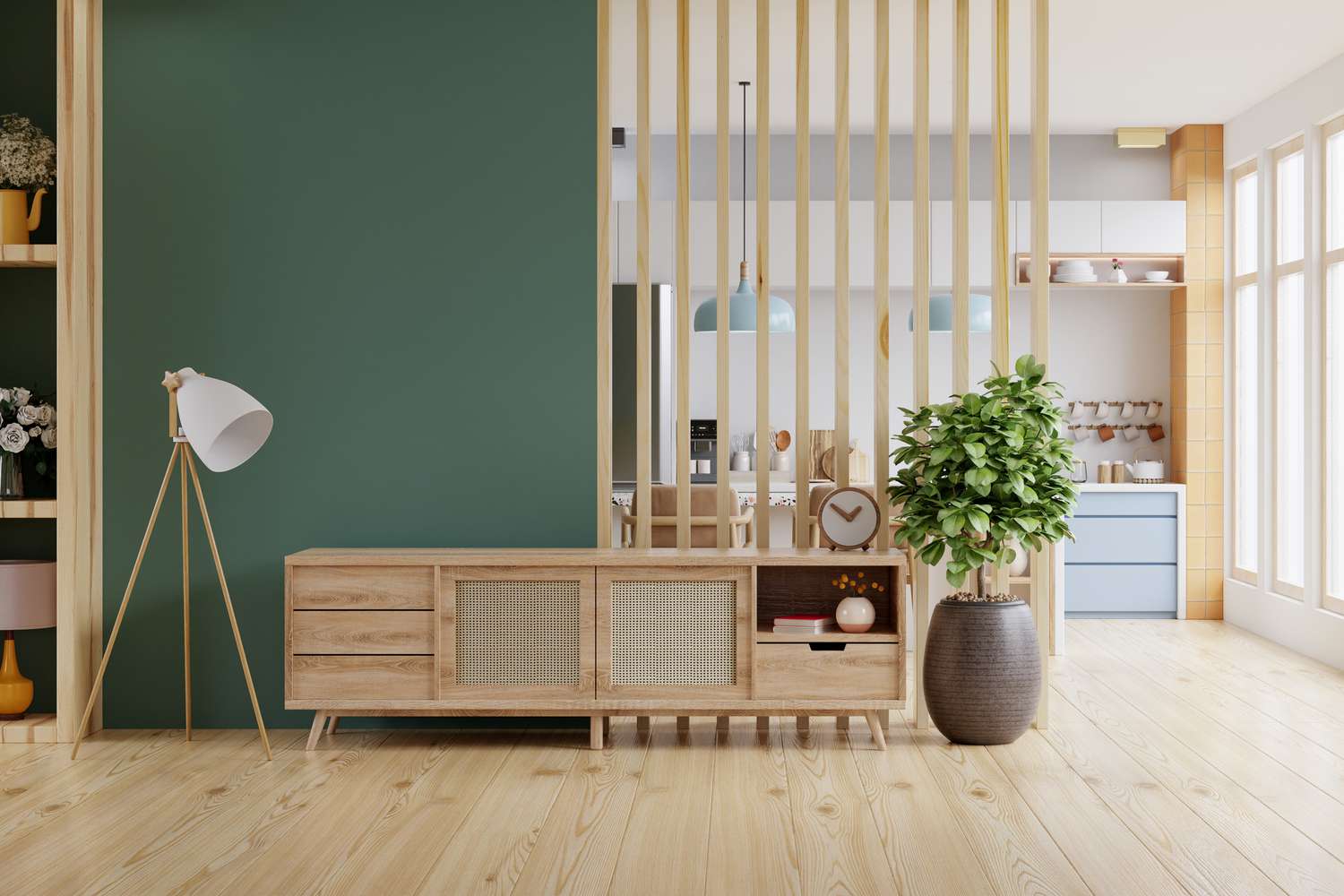
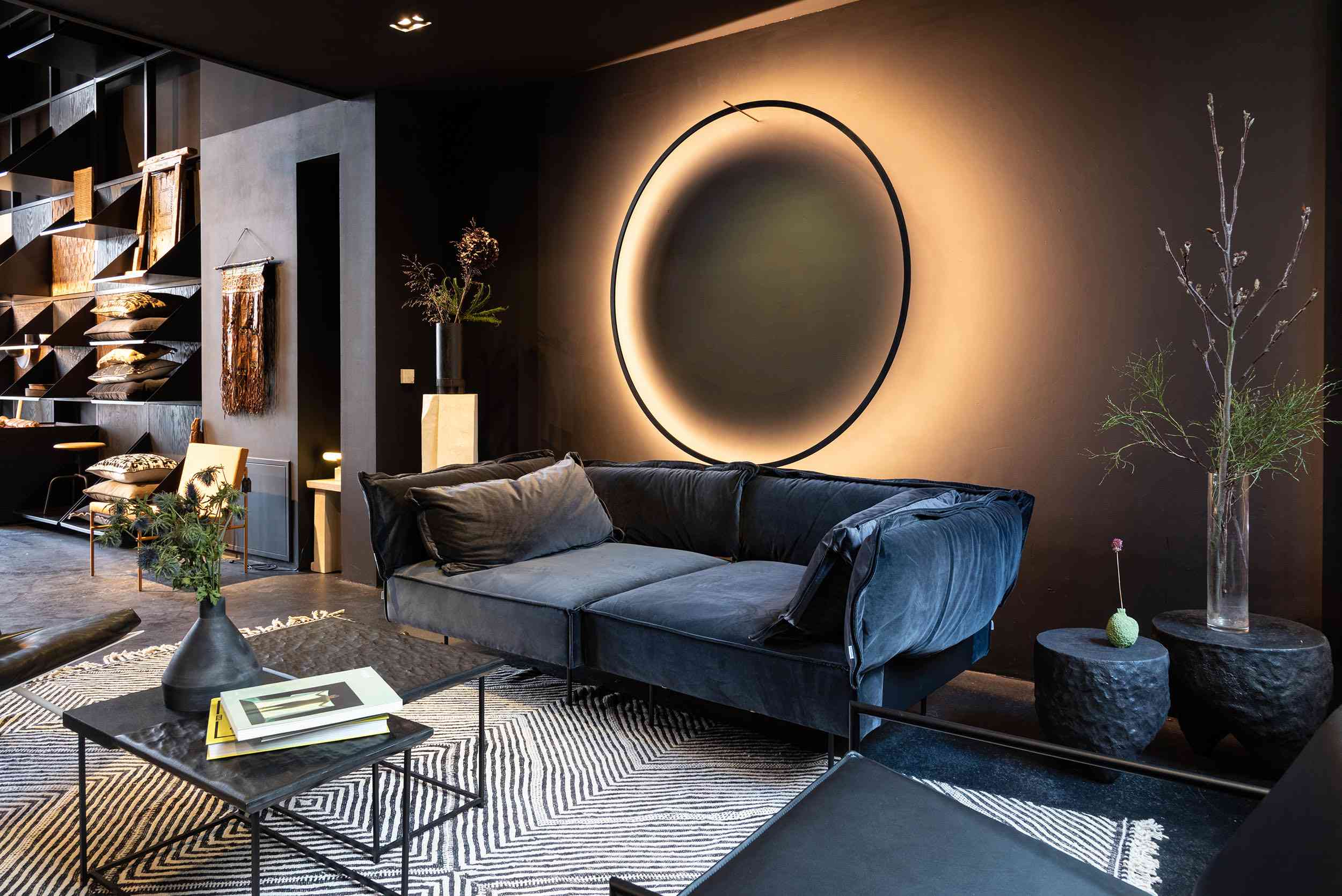
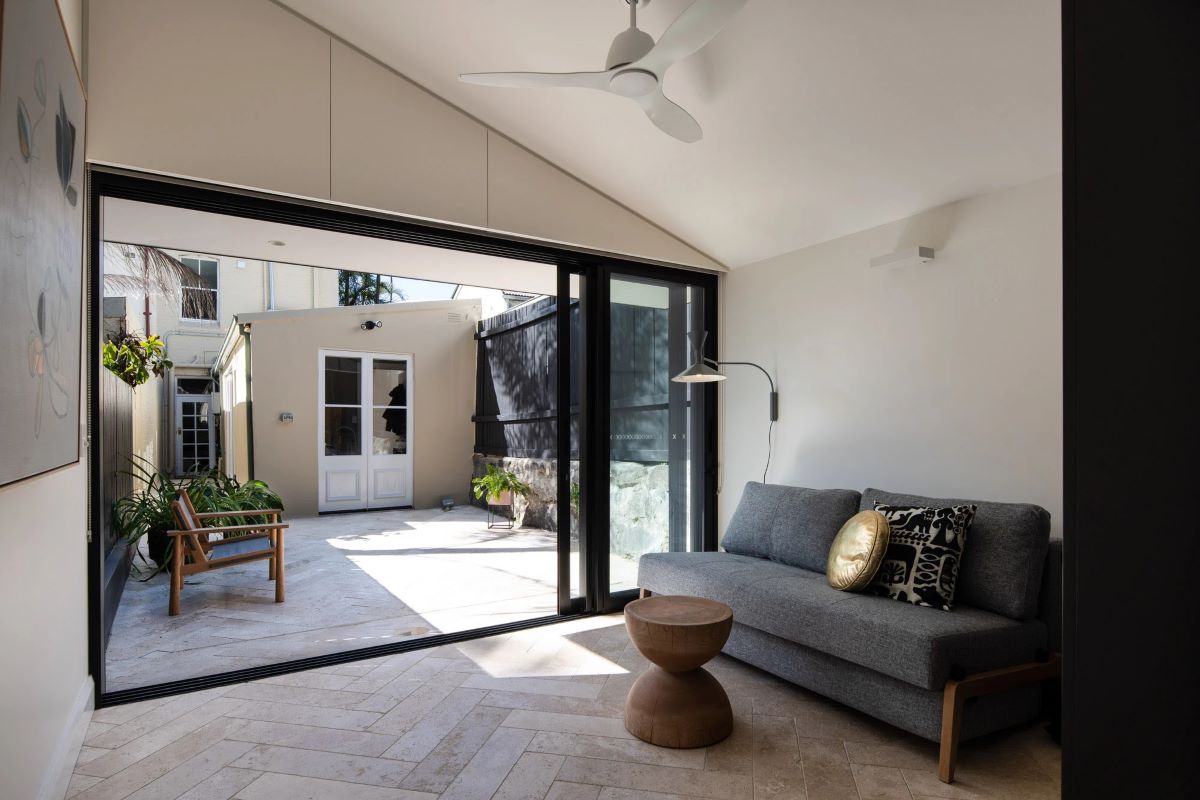
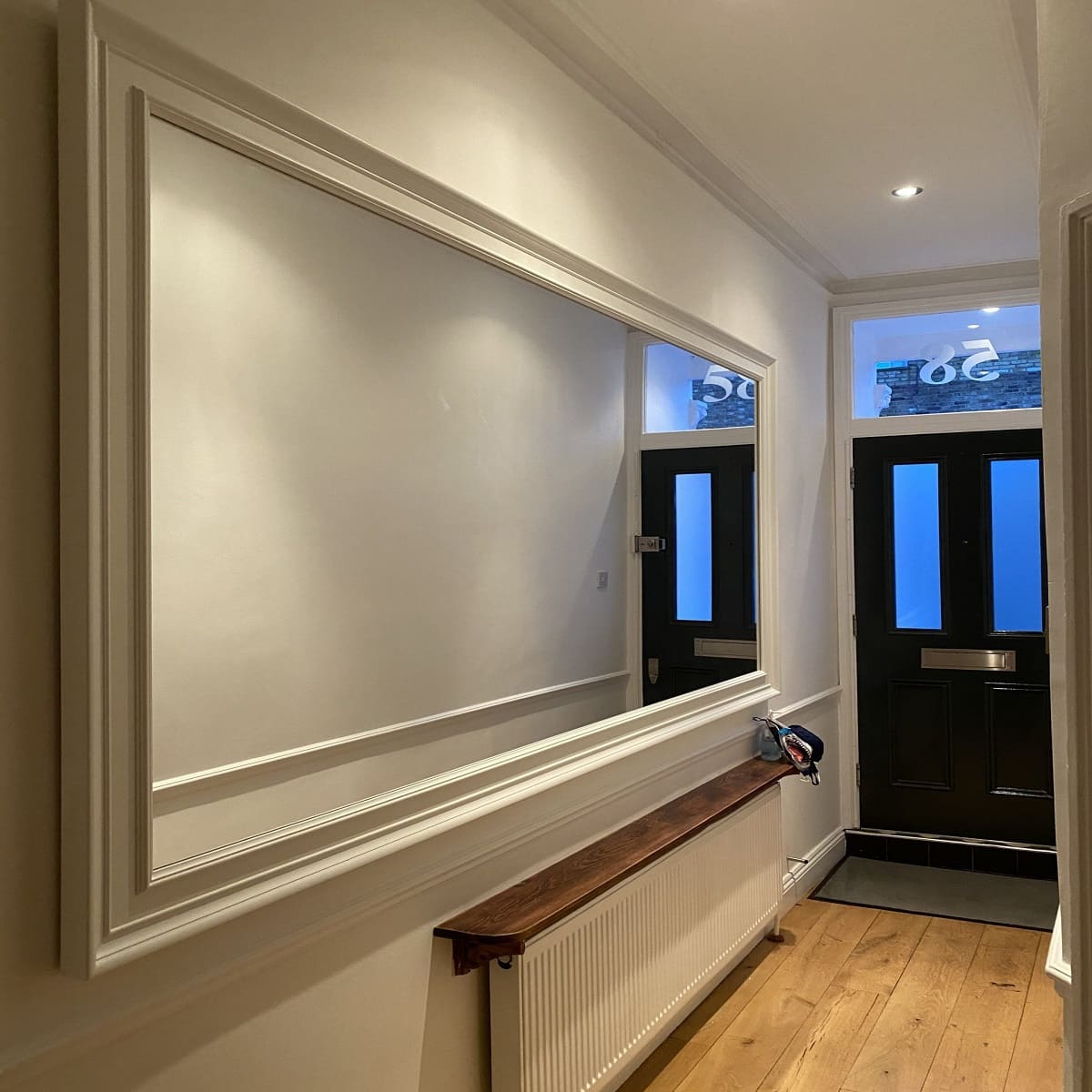

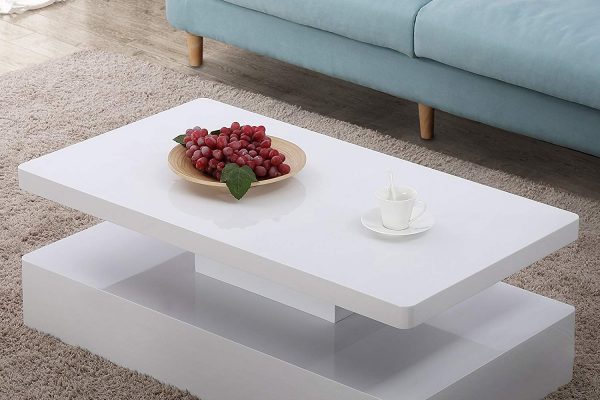
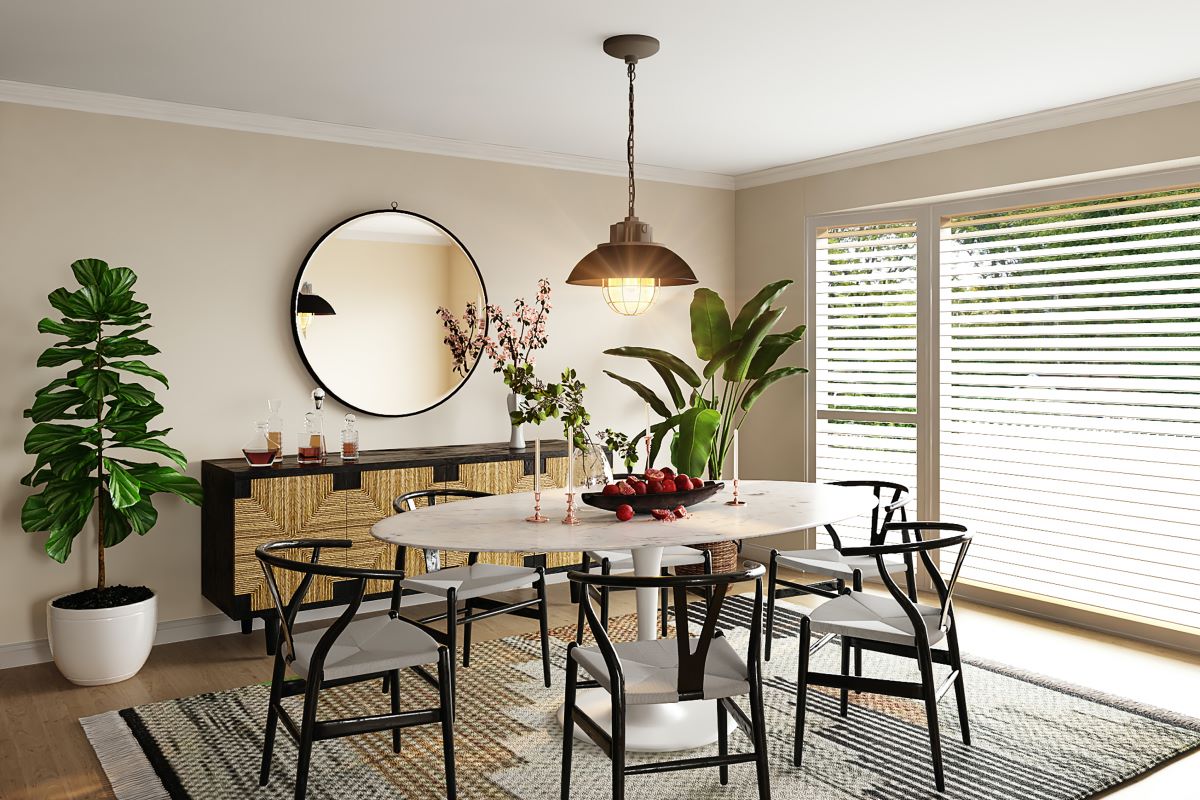

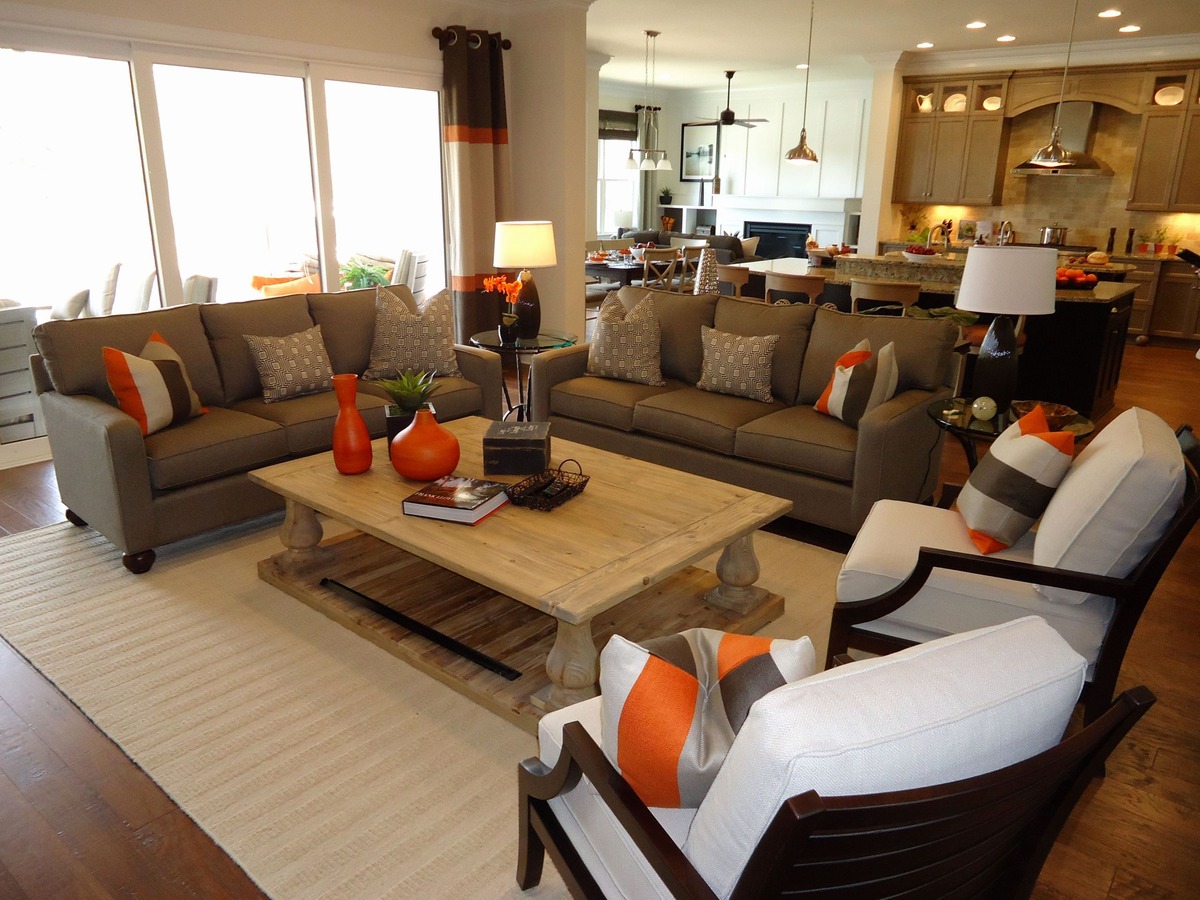
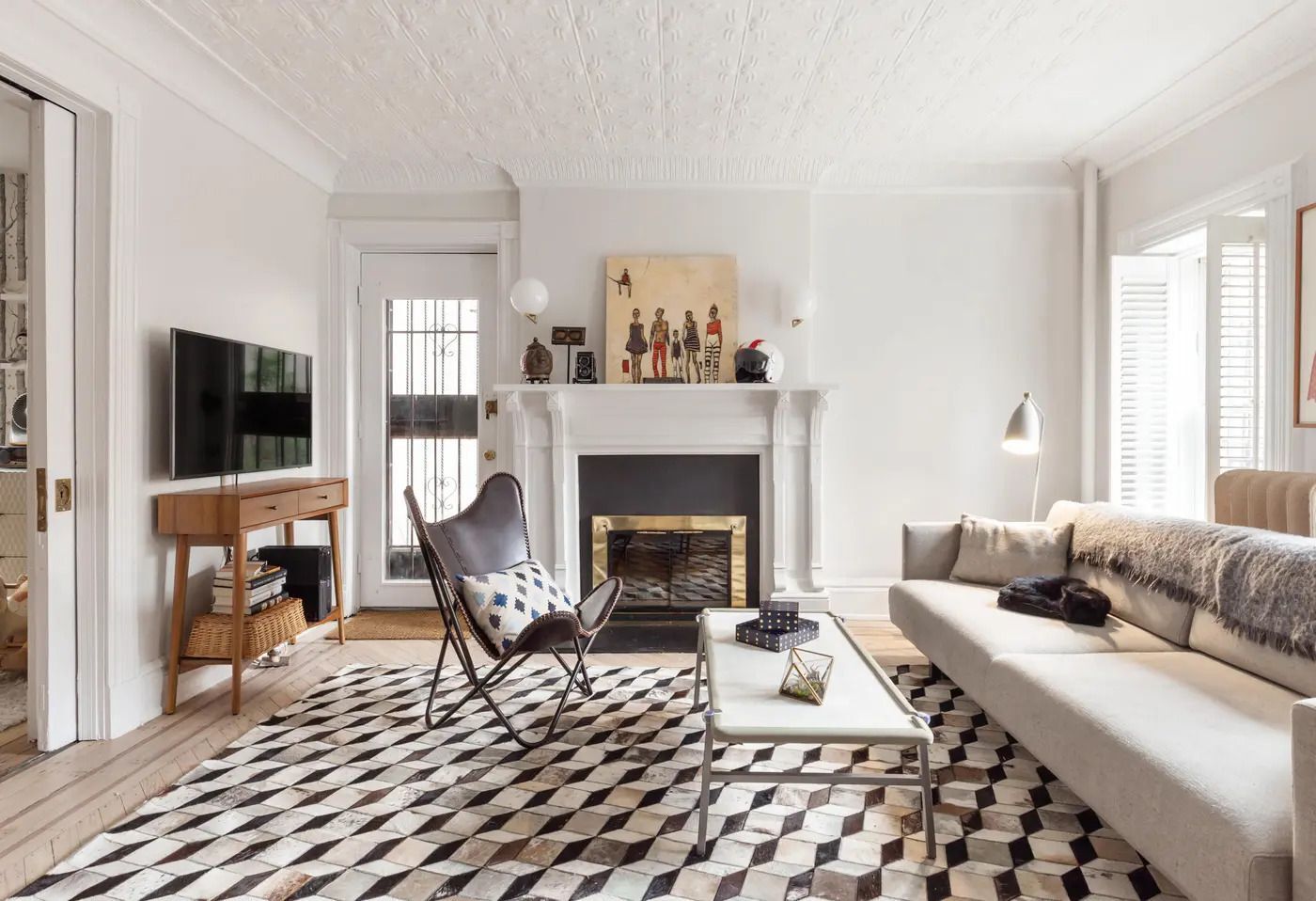
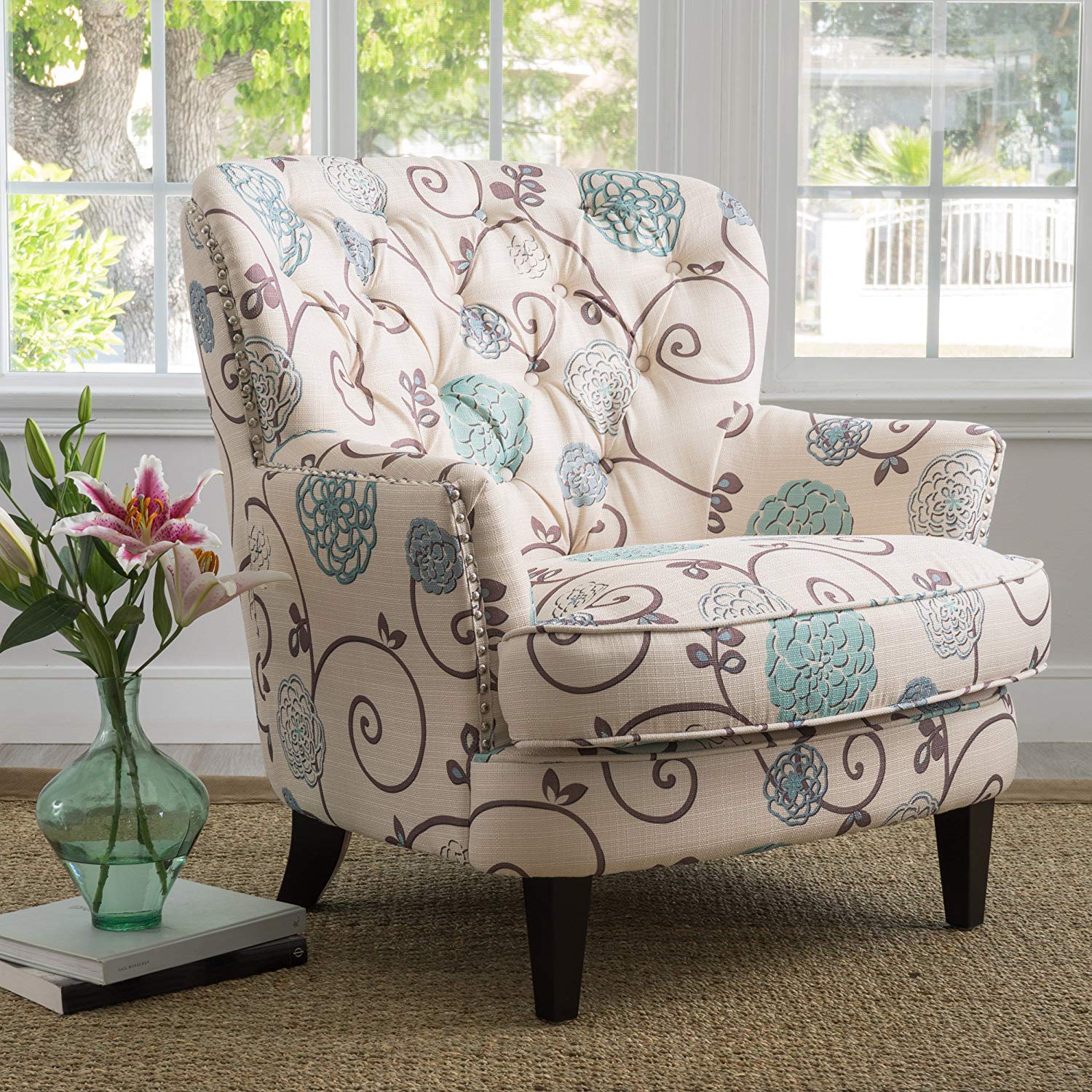
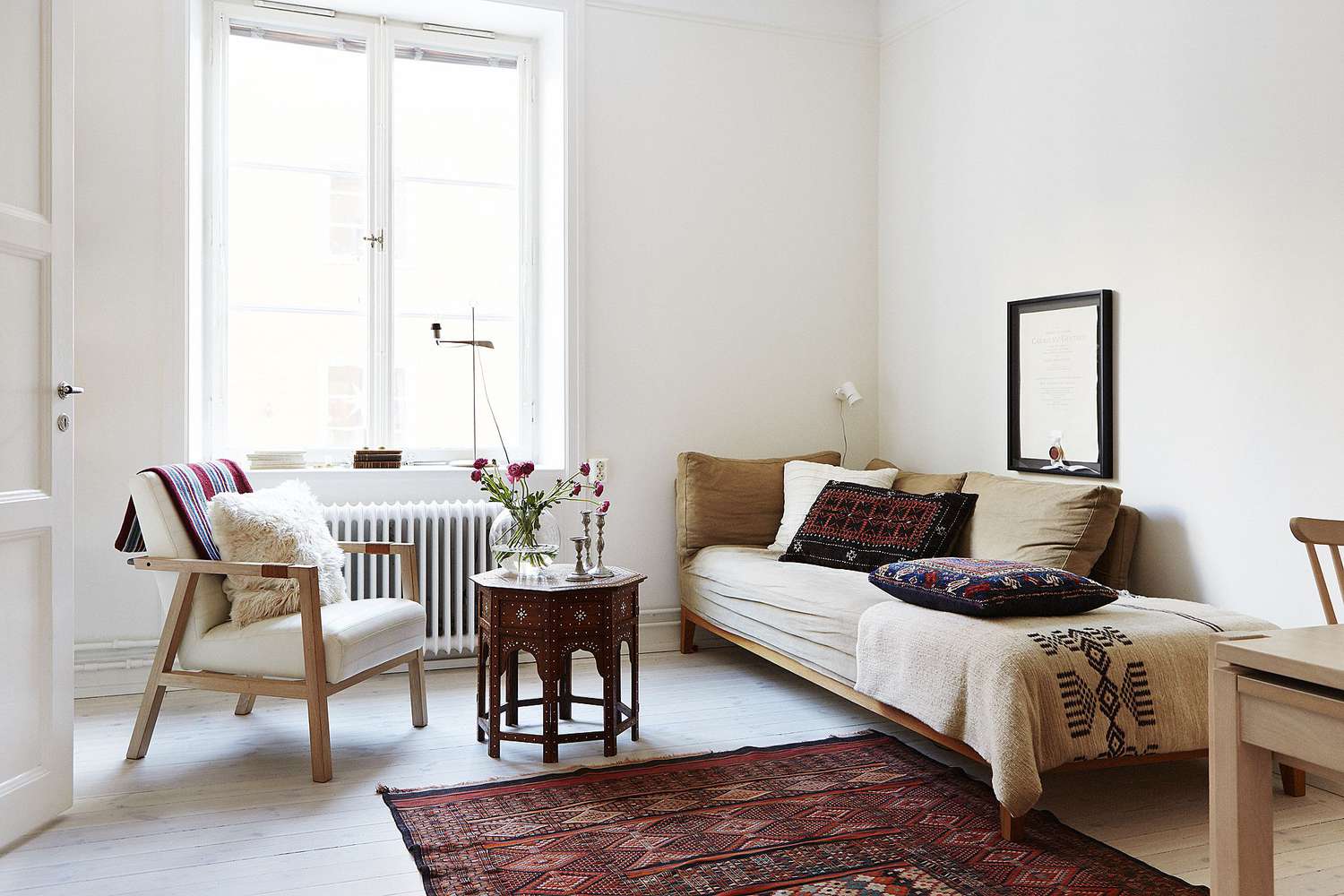
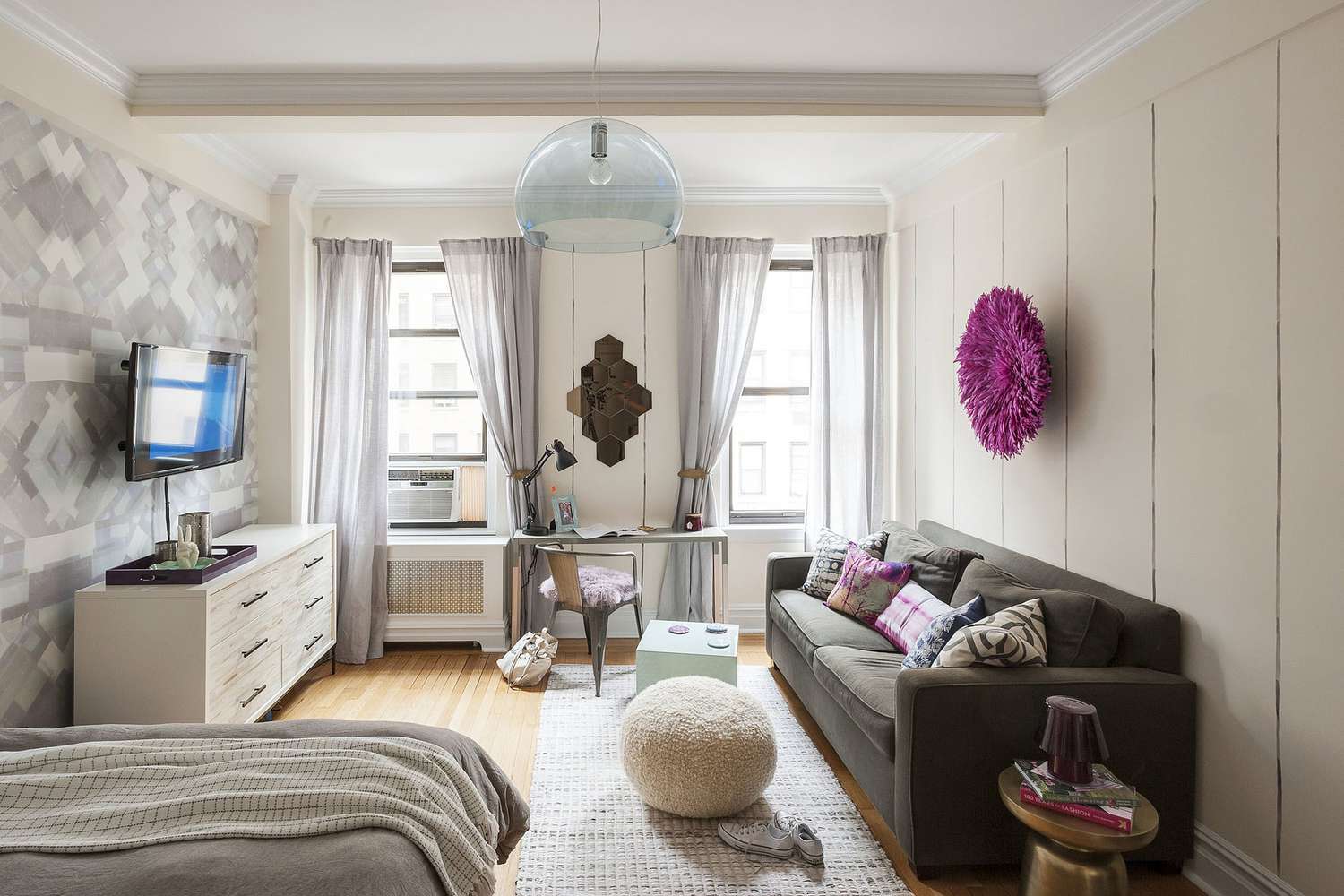

0 thoughts on “How To Make A Kitchen Lighter: Clever Ways To Brighten Your Room”